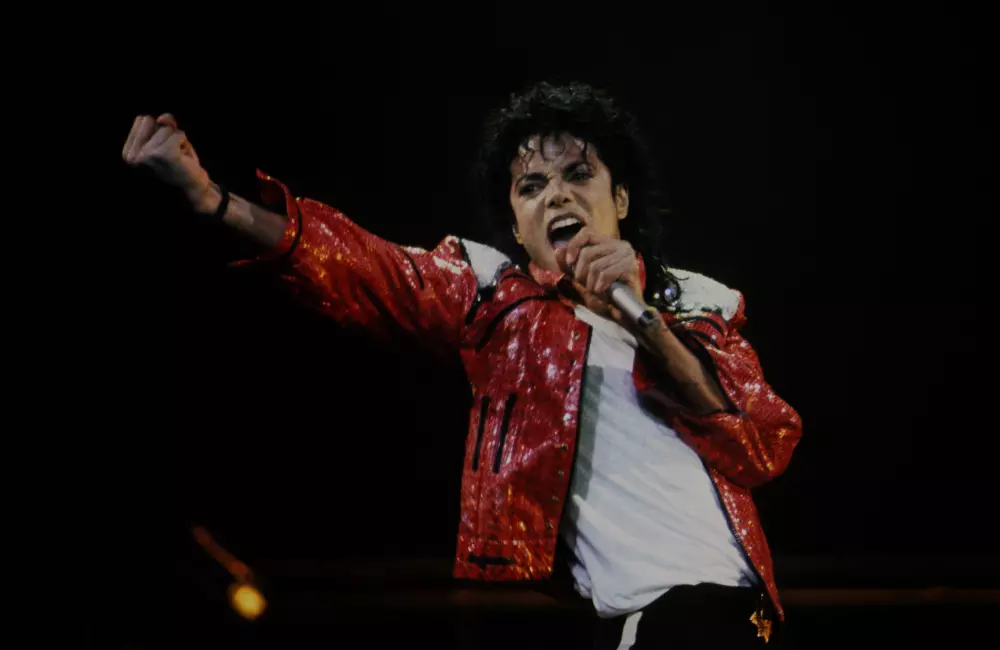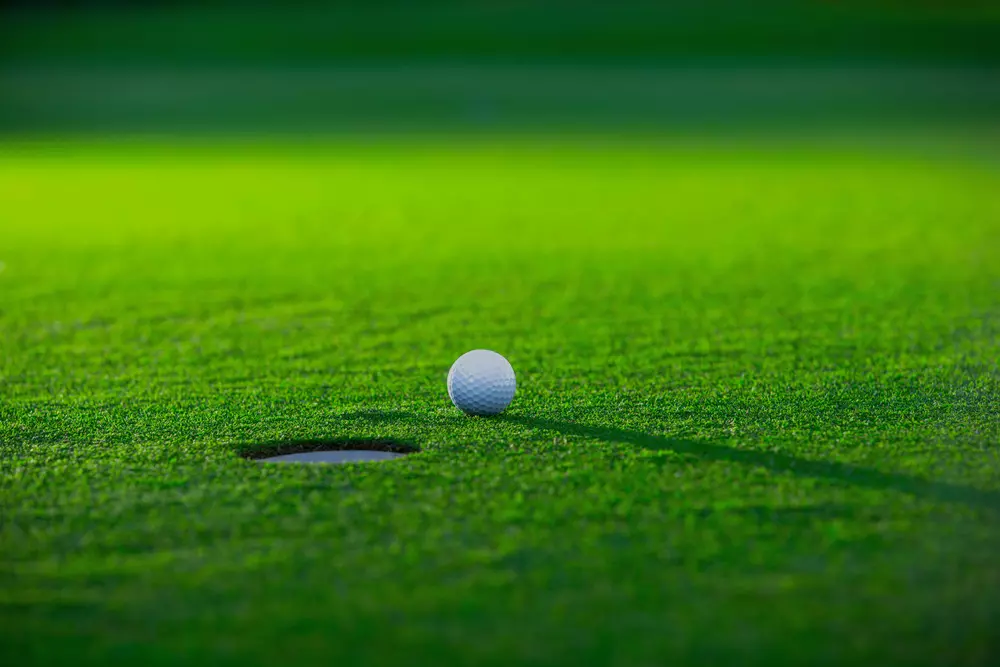Today, basketball is one of the most popular sports in the world. Millions of people watch games, cheer for their favorite teams, and take to the court themselves to experience the thrill of the game. But have you ever wondered how it all began?
In 1891, a Canadian physical education teacher named James Naismith invented a simple game for students to play indoors during the winter. He attached two peach baskets to the gymnasium balconies and wrote down a few rules. Thus, basketball was born — a game that conquered the world in just a few decades.
How Did Basketball Originate?
In the late 19th century, sports were an integral part of student life in North America. However, outdoor activities became a problem in winter, and there were few alternative indoor games. In 1891, physical education teacher James Naismith was tasked with creating a new active game for students at the International YMCA Training School (now Springfield College) in Massachusetts.
Naismith faced a difficult challenge. The game had to be dynamic enough to engage students, yet safe for indoor play. Inspired by various sports, he developed a concept that combined elements of football, rugby, and hockey.
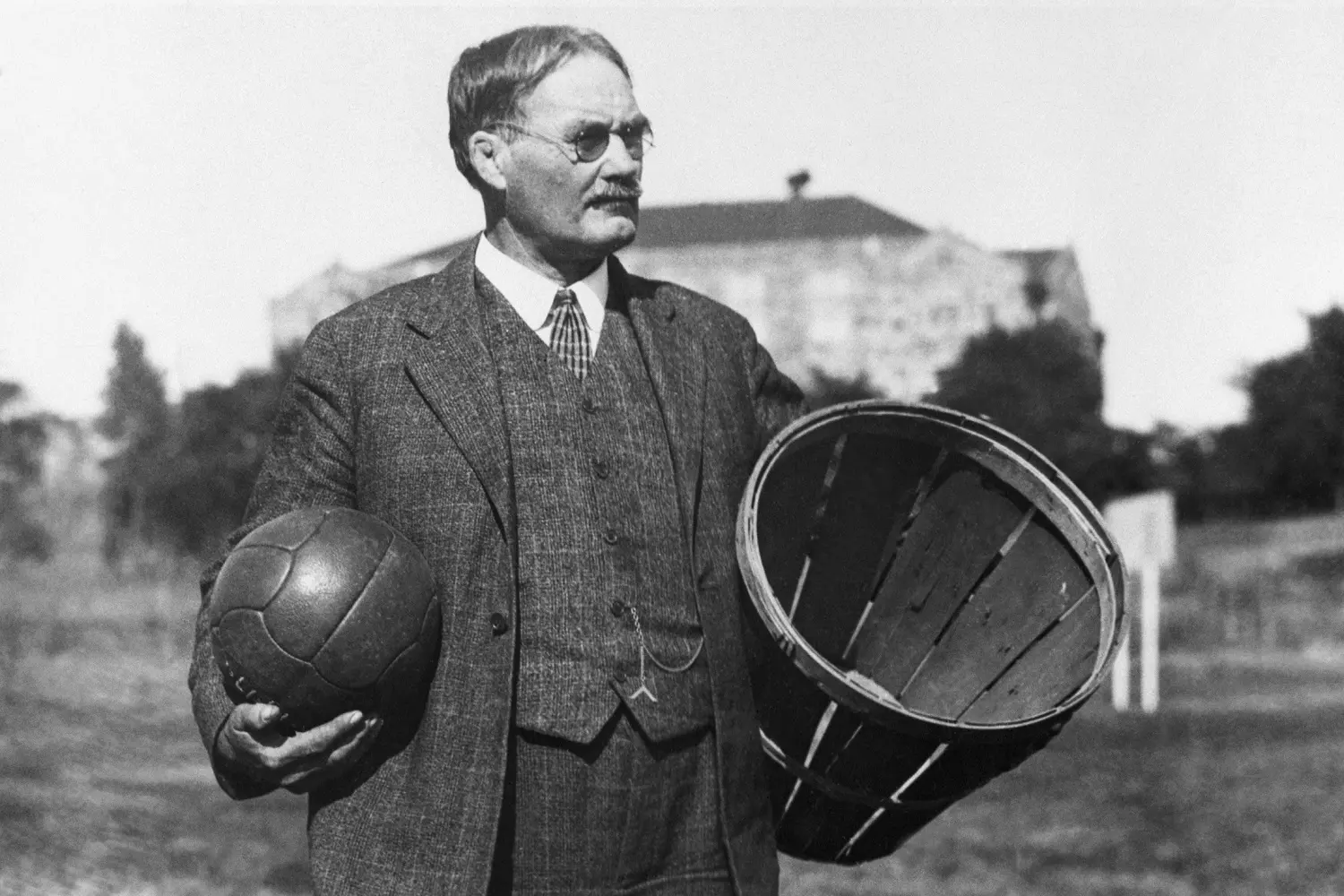
The basic idea was simple — players had to throw a ball into an elevated goal. Naismith used wooden peach baskets as hoops, nailing them to the gymnasium balconies. The game started with a throw-up at center court, and the main rule was to pass the ball with hands, avoiding running with it. This helped reduce aggression and make the game more tactical.
The first game took place on December 21, 1891. Eighteen students participated, divided into two teams. The ball was a regular soccer ball, and the rules consisted of only 13 points. Despite its simplicity, the game immediately sparked great interest. Students enthusiastically embraced the new pastime, and soon basketball began spreading to other educational institutions in the United States.
Thus was born a game that, decades later, became one of the most popular sports in the world.
The First Game and the First Rules
On December 21, 1891, the first basketball game took place in the gymnasium of the International YMCA Training School in Springfield. James Naismith divided 18 students into two teams of nine and explained the basic principles to them. Instead of the usual goals or nets, he attached two wooden peach baskets to the balconies on opposite sides of the hall. The task was simple — to throw the ball into the opponent's basket.
The players used a regular soccer ball, since special equipment did not exist at the time. Shots had to be made carefully because the baskets had no holes at the bottom. After each successful shot, one of the assistants climbed a ladder and manually retrieved the ball. This slowed down the game, but no one paid much attention to it — everyone was captivated by the new entertainment.
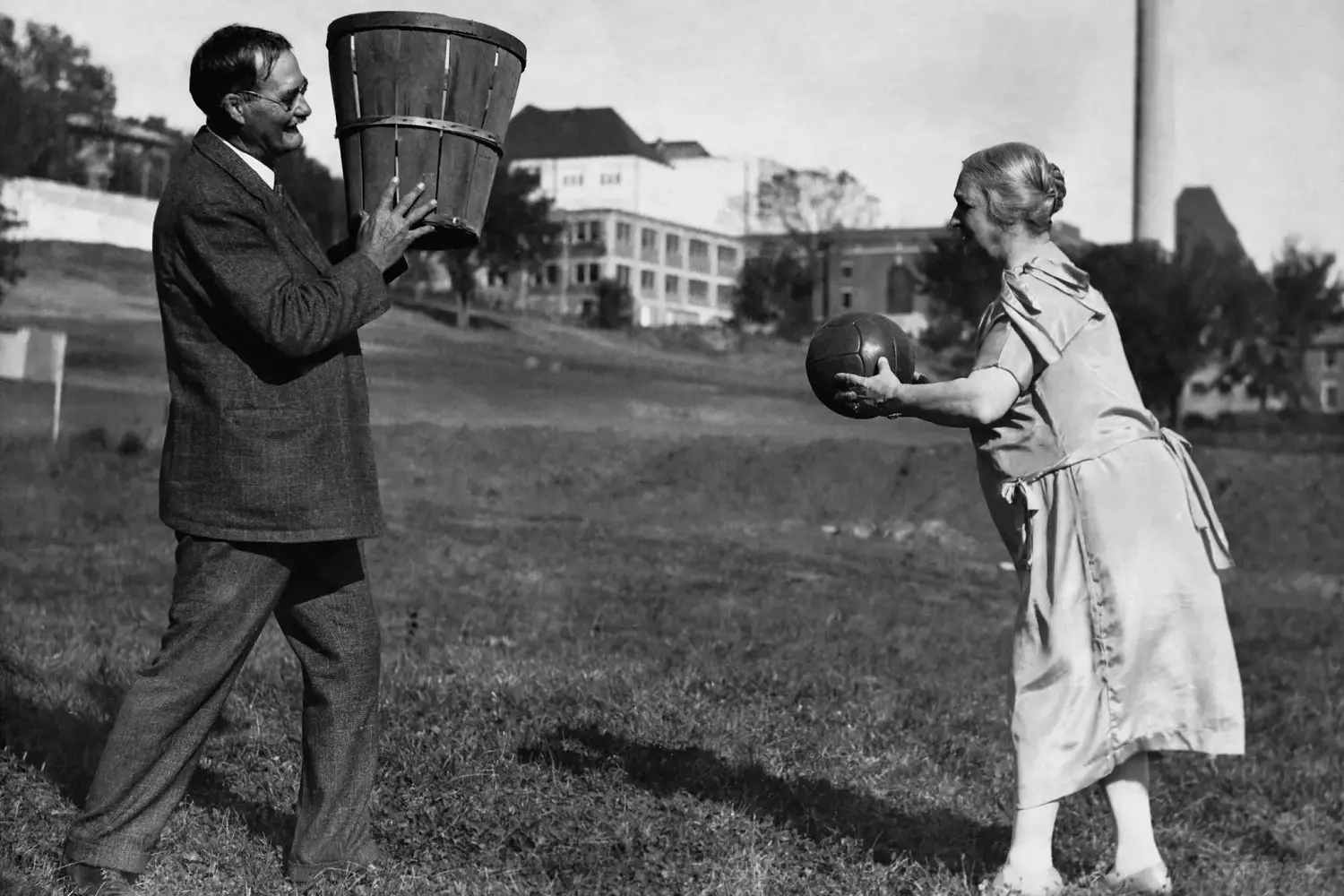
To avoid chaos on the court, Naismith developed 13 simple rules. They stated that the ball could be passed with hands in any direction, but running with it was not allowed. Hits on opponents, grabs, and rough play were prohibited. A scored basket earned one point, and the team with the most points at the end of the match became the winner.
Although the first competition was held without clear tactics, the students quickly adapted. Some tried to plan their passes, others focused on defense. After a few minutes, it became clear — the game was exciting and required not only strength but also agility.
The first match ended with a score of 1:0. One of the students, William Chase, managed to accurately throw the ball into the basket. The other players did not hide their emotions, and a few days later they returned to the court. Thus, basketball began its journey to global popularity.
How Basketball Became Popular
After the first game, basketball quickly gained popularity among students. The game was dynamic, required no complex equipment, and was suitable for indoor activities. Students who tried the new sport told their friends about it, and soon basketball began to be played in other educational institutions in the United States.
In 1892, James Naismith published 13 rules of the game, which helped spread basketball beyond Springfield. Within a few years, the game reached colleges across the country. Physical education teachers readily included it in their classes, as basketball developed coordination, endurance, and teamwork.
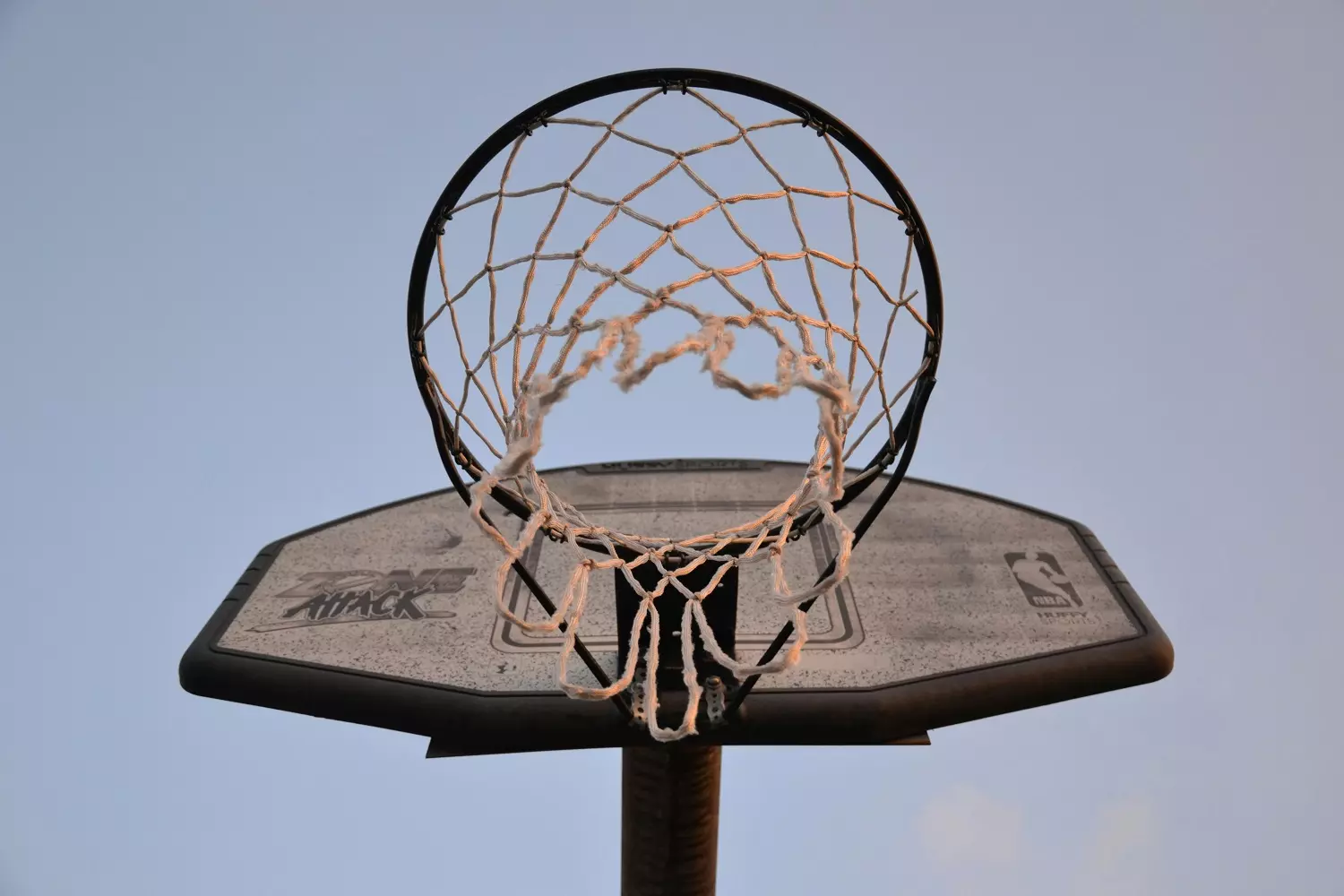
The Young Men's Christian Association (YMCA) played a key role in popularization. It was through its sports programs that basketball spread not only throughout the United States, but also beyond its borders. As early as 1893, the game began to be played in Canada, and then in Europe.
In the early 20th century, the first official teams began to appear. In 1898, the first professional league, the National Basketball League (NBL), was created in the United States. Although it lasted only six years, interest in the sport only grew. In 1904, basketball was demonstrated at the Olympic Games in St. Louis as part of exhibition performances, which further attracted attention to the new game.
By the 1920s, basketball was no longer just entertainment for students. Strong teams began to form, coaches appeared, and the rules became stricter. In 1936, basketball officially became part of the Olympic Games program in Berlin. This event finally cemented its status as an international sport.
By the mid-20th century, large professional organizations emerged in the United States. In 1946, the Basketball Association of America (BAA) was founded, which merged with the competing National Basketball League in 1949 to form the National Basketball Association (NBA). This league became the standard for professional basketball and determined the further development of the game around the world.
Today, basketball is played on all continents. Its popularity continues to grow thanks to international competitions, club championships, and star players who inspire new generations.
The Evolution of Basketball
Since its inception in 1891, basketball has come a long way. The rules have changed, equipment has been improved, and the game itself has become faster and more spectacular.
Changes in Rules
The first version of basketball was nothing like what we know today. Over time, a number of changes had to be introduced to make the game more dynamic and convenient:
- Removed baskets with bottoms — in the first matches, the ball had to be retrieved manually, which slowed down the game. In 1906, the baskets were replaced with iron rings with a net.
- Added dribbling — at the beginning, players could only pass the ball. Soon they were allowed to dribble it, but the number of bounces was limited. Full-fledged dribbling appeared in 1897.
- Changed the number of players — in the first game, there were 9 people on each side of the court. Later, they came to the standard five players per team.
- Introduced the three-second rule — prohibits staying in the zone under the basket for a long time, which makes the game fairer and more dynamic.
- Added a time limit for attack — in 1954, the 24-second rule was introduced to speed up the pace of the game.
Equipment Development
At first, basketball was played with a regular soccer ball, but it was uncomfortable for shooting. In 1894, the first specialized basketball was created — it was larger and bounced better off the floor. Over time, balls began to be made of synthetic materials, which improved their grip on the hands.
Backboards behind the hoops appeared as early as the end of the 19th century, but at first they were made of wood. Later they were replaced with glass ones so that spectators could better see what was happening on the court.

Development of Tactics and Style of Play
Early basketball was quite chaotic — players relied more on physical strength than on strategy. But over time, tactical schemes and player roles appeared:
- Centers began to use their physical power to play under the basket.
- Guards focused on organizing attacks and defense.
- Forwards began to combine driving play and long-range shots.
Over time, the emphasis shifted towards speed and shooting accuracy. In 1979, the NBA introduced the three-point line, which radically changed the style of play. Now long-range shots have become a powerful weapon, and teams have begun to build tactics around snipers.
Globalization and Growth of Popularity
By the mid-20th century, basketball was played all over the world, but American players dominated. In 1992, when professionals were allowed to participate in the Olympic Games, the US "Dream Team" showed a level that was inaccessible to others. This inspired players from different countries, and already in the 21st century, European and Asian athletes began to actively break into the NBA.
Today, basketball continues to change. New tactical schemes appear, game standards change, and women's basketball develops. But one thing remains unchanged — millions of people around the world continue to take to the court to throw the ball into the hoop.
Basketball Today
Since the end of the 19th century, basketball has gone from an amateur college game to one of the most popular sports in the world. Today, millions of people play it at various levels — from backyard courts to major international arenas.
Professional Leagues and International Tournaments
The main basketball league remains the NBA (National Basketball Association). It is the most spectacular and competitive organization, featuring the strongest players from around the world. In addition to it, the United States has the WNBA (Women's NBA), and in Europe, the Euroleague plays an important role.
The largest international tournament is the Olympic Basketball Tournament, where national teams from different countries meet. The FIBA World Cup is also held, which gathers the strongest players from around the world.
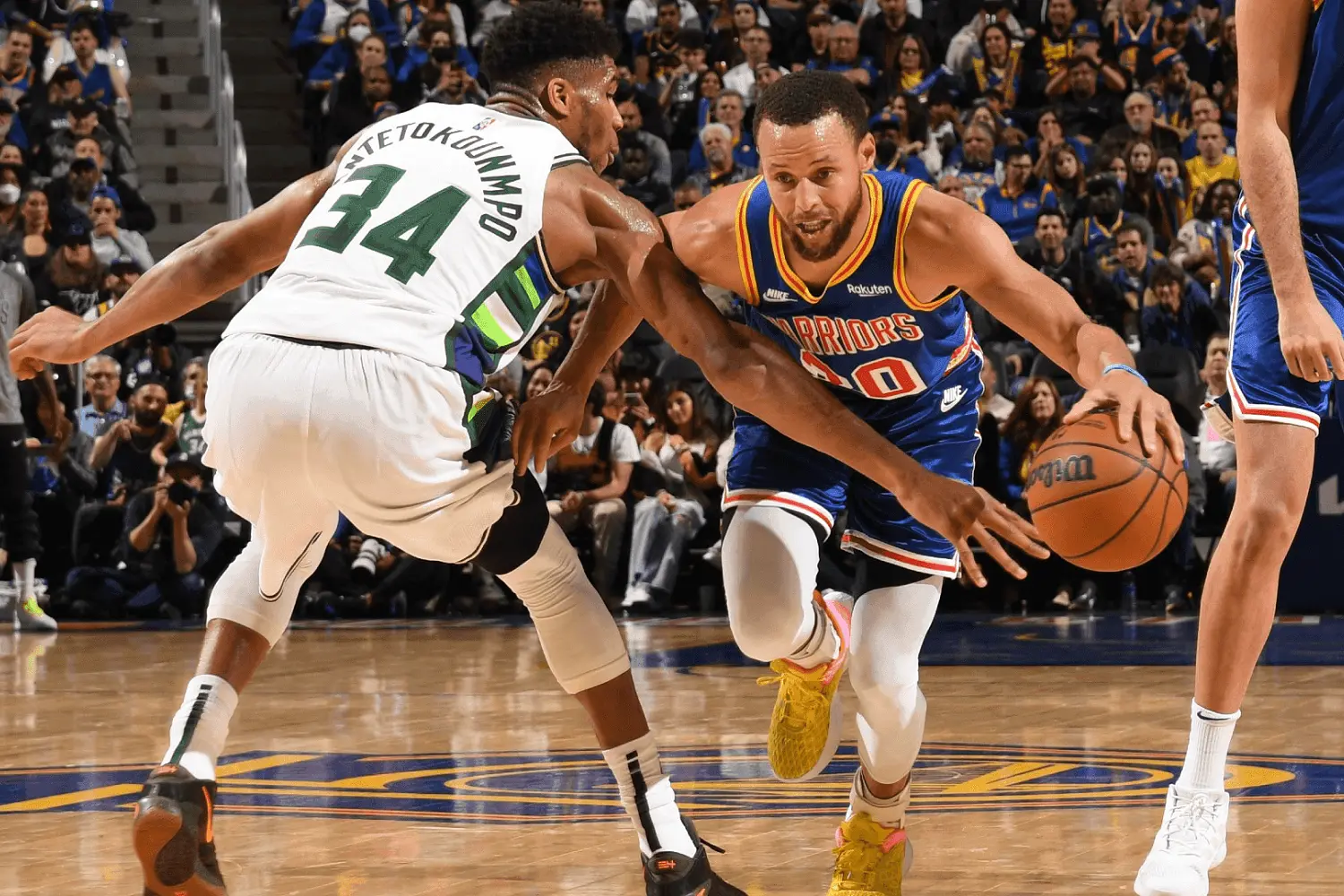
Development of Street Basketball
In addition to classic basketball, the popularity of the 3×3 street format is growing. It is played by teams of three people on one hoop, and matches are faster and more spectacular. This type has already been included in the Olympic program and continues to gain popularity.
Street tournaments are held in different countries, where young players can prove themselves. Many NBA stars started with such competitions.
Modern Technologies and Basketball
Technologies have changed basketball. Now coaches use advanced analytics to develop tactics, and players use smart gadgets that help track physical condition and shooting technique.
Refereeing has also become more accurate — professional leagues use video replays, and hoops are equipped with sensors that record hits.
Popularity Among Youth
Thanks to social media, basketball has become even closer to fans. Videos with spectacular moments spread around the world, and young players get a chance to make a name for themselves through the internet.
The sport remains accessible to everyone — a ball and a court are enough to play basketball. That is why it continues to attract millions of people, inspiring new generations of athletes.




























